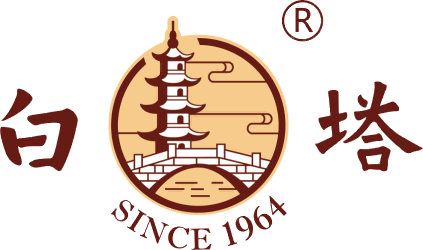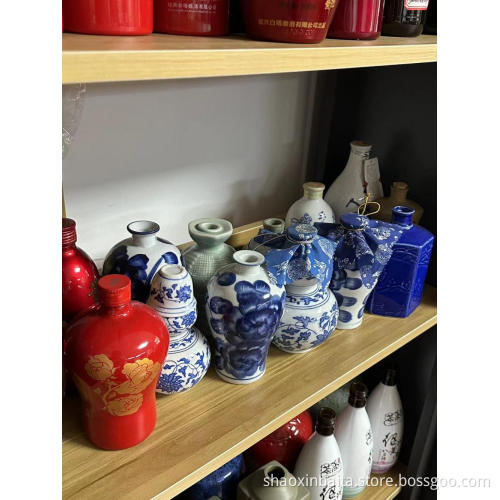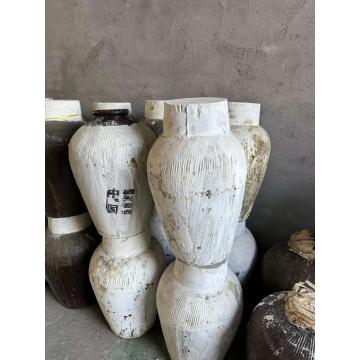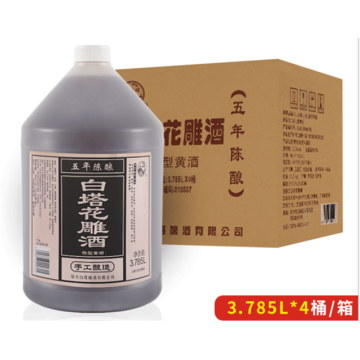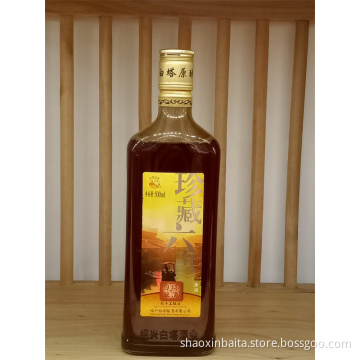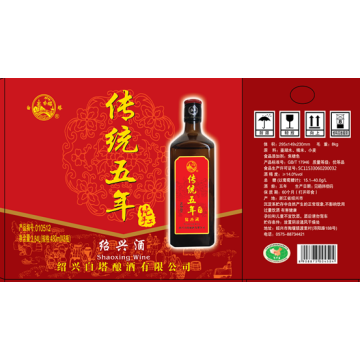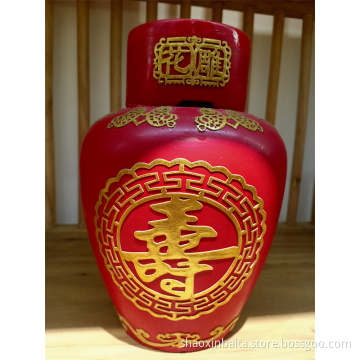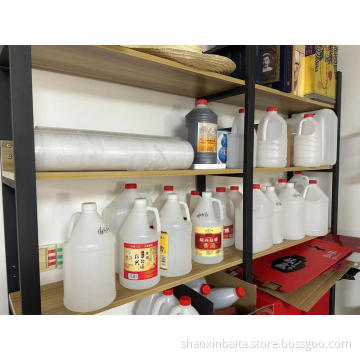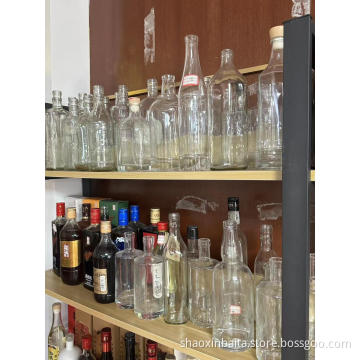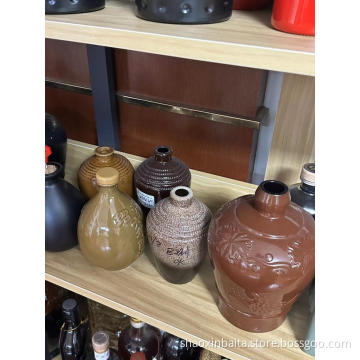
Made-to-order shaoxing cooking wine in Porcelain
$56.00 - $500.00/Box
Quantity:
Your message must be between 20 to 2000 characters
Contact NowBasic Info
Basic Info
Product Description
Product Description
Exquisite gift pack rice wine customization,if you need,please send me e-mail.
Shaoxing rice wine is a traditional Chinese fermented liquor, produced in Shaoxing City, with a long history and unique technology. The following is the main process of Shaoxing rice wine:
1. Preparation of brewing raw materials: The main raw materials include sorghum, glutinous rice, wheat bran and water. Sorghum is the main raw material of Shaoxing rice wine, which needs to be steamed and ground.
2. Saccharification: Mix the steamed sorghum and glutinous rice, add the bran, and then add a certain proportion of koji (koji is a fermentation initiator, composed of a variety of microbial strains), and put it into the fermentation room for saccharification. During saccharification, starch is converted into sugar.
3. Fermentation: The mashed mixture is called sake lees, and the sake lees are placed in a fermentation tank for fermentation. During fermentation, the yeast in the koji converts sugars into alcohol and carbon dioxide.
4. Distillation: After the fermentation is completed, the fermentation broth is distilled. During the distillation process, the fermentation broth is heated, and the alcohol evaporates and condenses into a liquid, separating the alcohol.
5. Storage and Aging: Shaoxing rice wine after distillation needs to be stored and aged to give it a more intense flavor. In general, Shaoxing rice wine needs to be aged for several years to reach its best taste.
6. Blending and blending: The aged Shaoxing rice wine needs to be blended and blended to maintain the stability and consistency of the product. According to different needs, Shaoxing rice wine with different tastes and aromas can be blended.
The process of Shaoxing rice wine is complex, and it needs to go through multiple stages of processing and aging to obtain the best taste and aroma. Each winery may have its own unique processes and recipes, but generally follow the basic process described above.
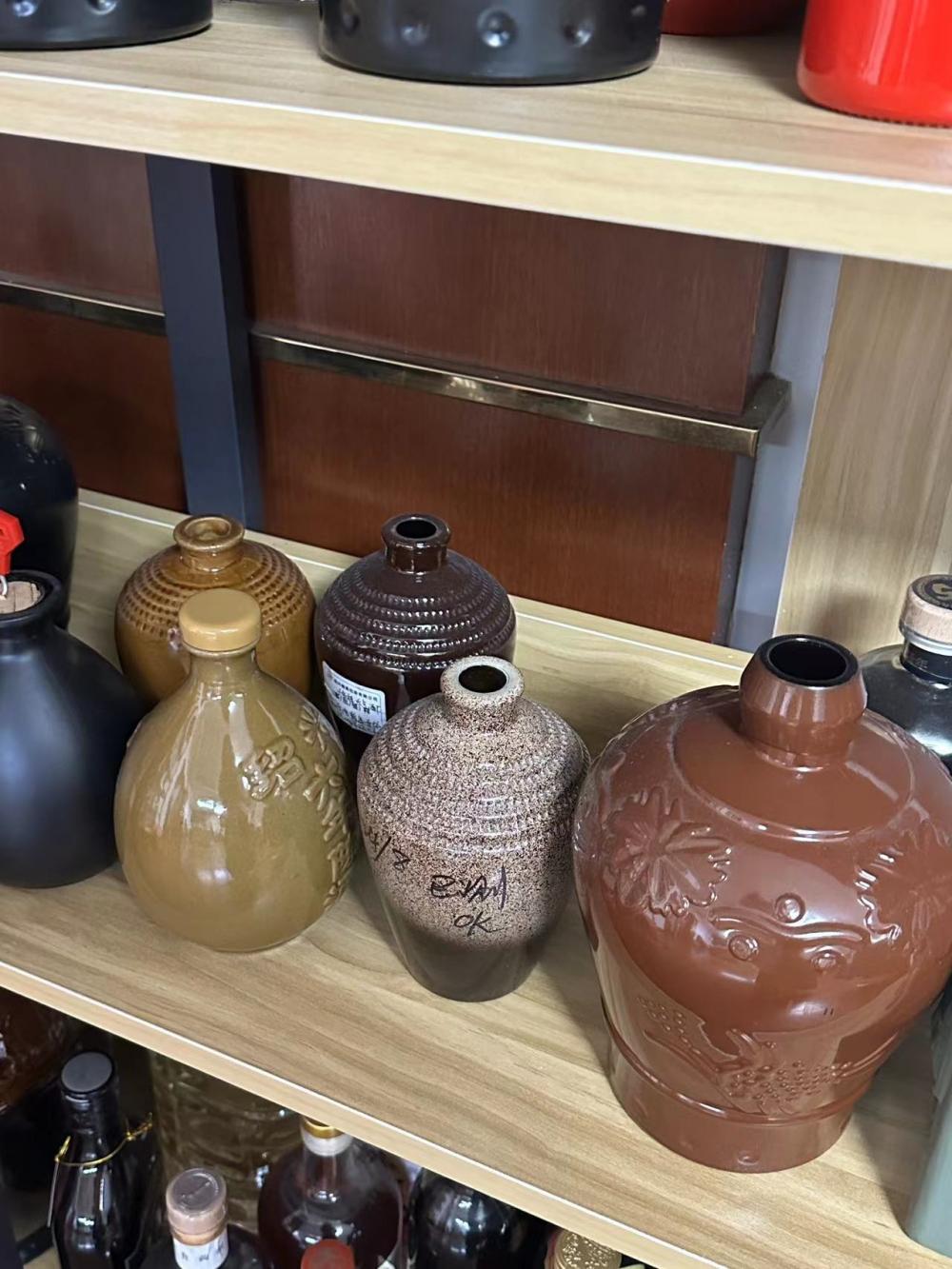
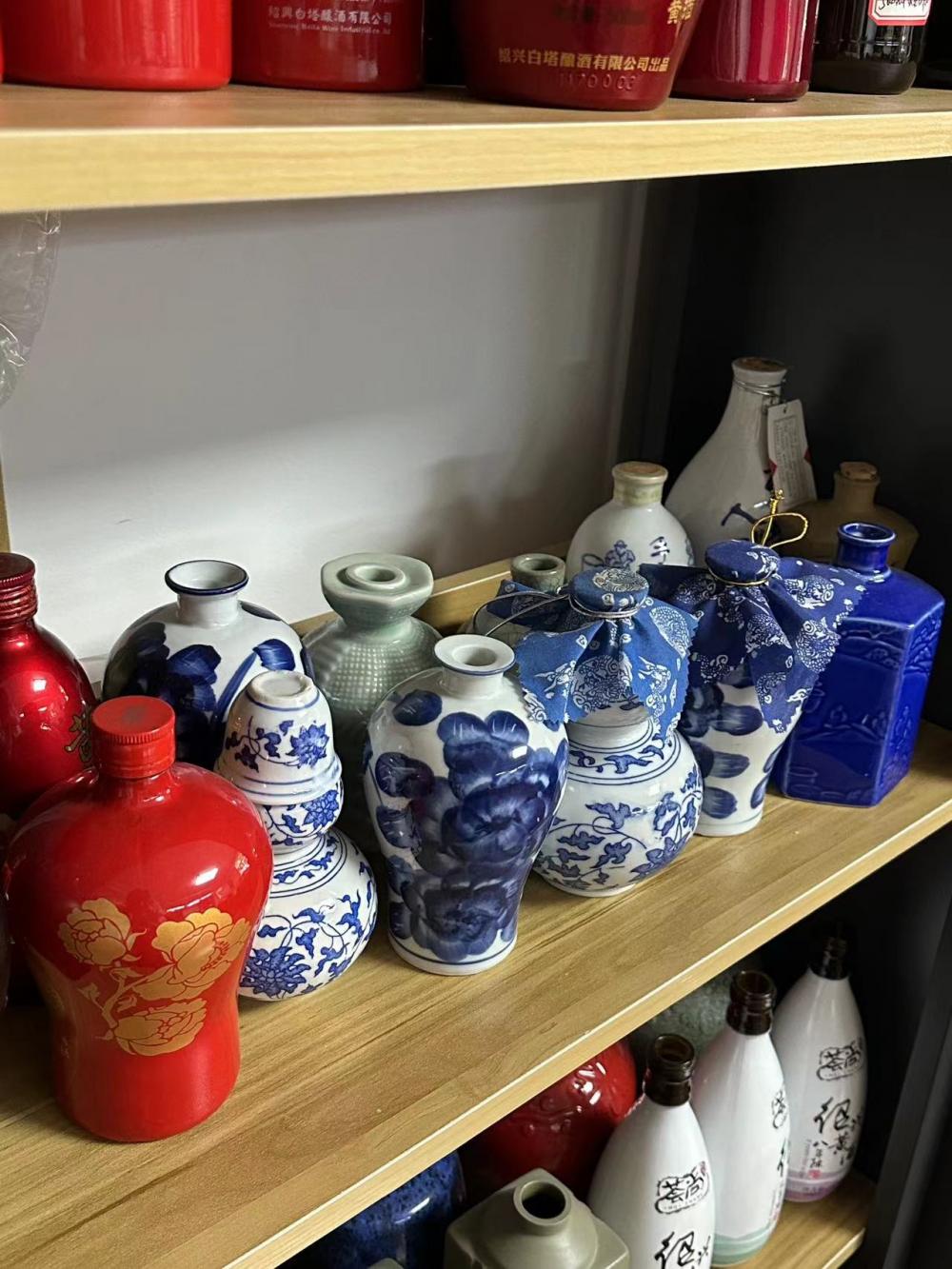
Related Keywords
Related Keywords

